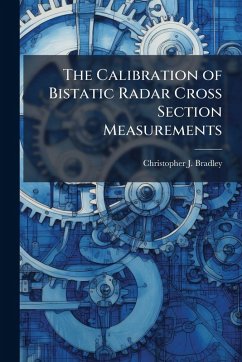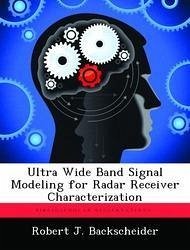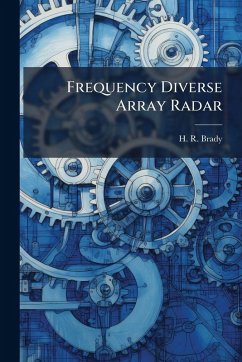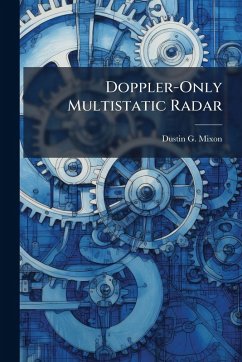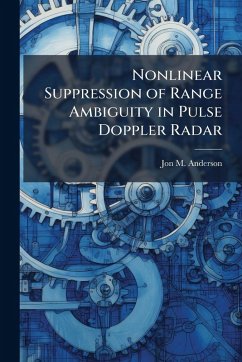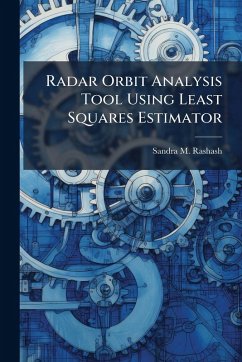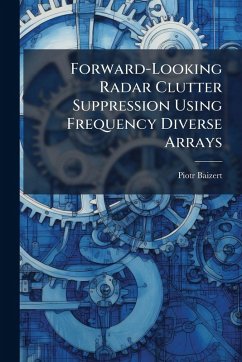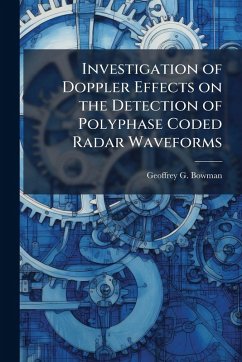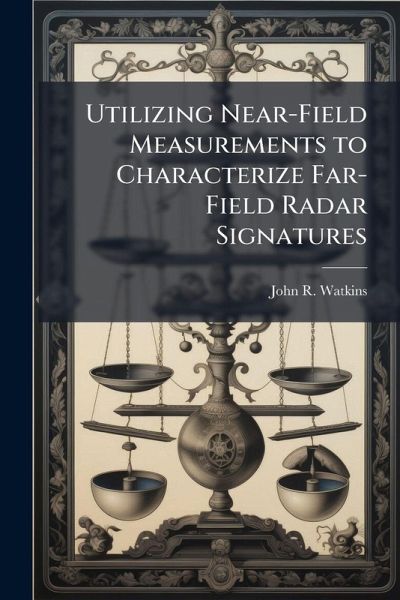
Utilizing Near-Field Measurements to Characterize Far-Field Radar Signatures
Versandkostenfrei!
Versandfertig in über 4 Wochen
17,99 €
inkl. MwSt.
Weitere Ausgaben:

PAYBACK Punkte
9 °P sammeln!
The increased need for stealth aircraft requires an on-site Far-Field (FF) Radar Cross-Section (RCS) measurement process. Conducting these measurements in on-site Near-Field (NF) monostatic facilities results in significantsavings for manufacturers and acquisition programs.How-ever, NF measurements are not directly extended to a FF RCS. Therefore, a large target Near-Field to Far-Field Transformation (NFFFT) is needed for RCS measurements. One approach requires an Inverse Synthetic Aperture Radar (ISAR) process to create accurate scattering maps. The focus of this work is the development of ac...
The increased need for stealth aircraft requires an on-site Far-Field (FF) Radar Cross-Section (RCS) measurement process. Conducting these measurements in on-site Near-Field (NF) monostatic facilities results in significantsavings for manufacturers and acquisition programs.How-ever, NF measurements are not directly extended to a FF RCS. Therefore, a large target Near-Field to Far-Field Transformation (NFFFT) is needed for RCS measurements. One approach requires an Inverse Synthetic Aperture Radar (ISAR) process to create accurate scattering maps. The focus of this work is the development of accurate NF scattering maps generated by a monostatic ISAR process.As a first look, the process is isolated to a simulated environment to avoid the uncontrollable effects ofrealmeasurement environments.The simulation begins witha NF Synthetic Target Generator (STG) which approximates a target using scattering centers illuminated by spherical electromagnetic waves to approximating NF scattering. The resulting NF In-phase and Quadrature (IQ) data is used in a 'Trapezoidal' ISAR process to create spatially distorted images that are accurately corrected within the ISAR process resolution using a newly developed NF correction. The resulting spatially accurate ISAR images do not complete the NFFFT. However, accurate scattering maps are essential for process development. This work has been selected by scholars as being culturally important, and is part of the knowledge base of civilization as we know it. This work was reproduced from the original artifact, and remains as true to the original work as possible. Therefore, you will see the original copyright references, library stamps (as most of these works have been housed in our most important libraries around the world), and other notations in the work. This work is in the public domain in the United States of America, and possibly other nations. Within the United States, you may freely copy and distribute this work, as no entity (individual or corporate) has a copyright on the body of the work. As a reproduction of a historical artifact, this work may contain missing or blurred pages, poor pictures, errant marks, etc. Scholars believe, and we concur, that this work is important enough to be preserved, reproduced, and made generally available to the public. We appreciate your support of the preservation process, and thank you for being an important part of keeping this knowledge alive and relevant.



